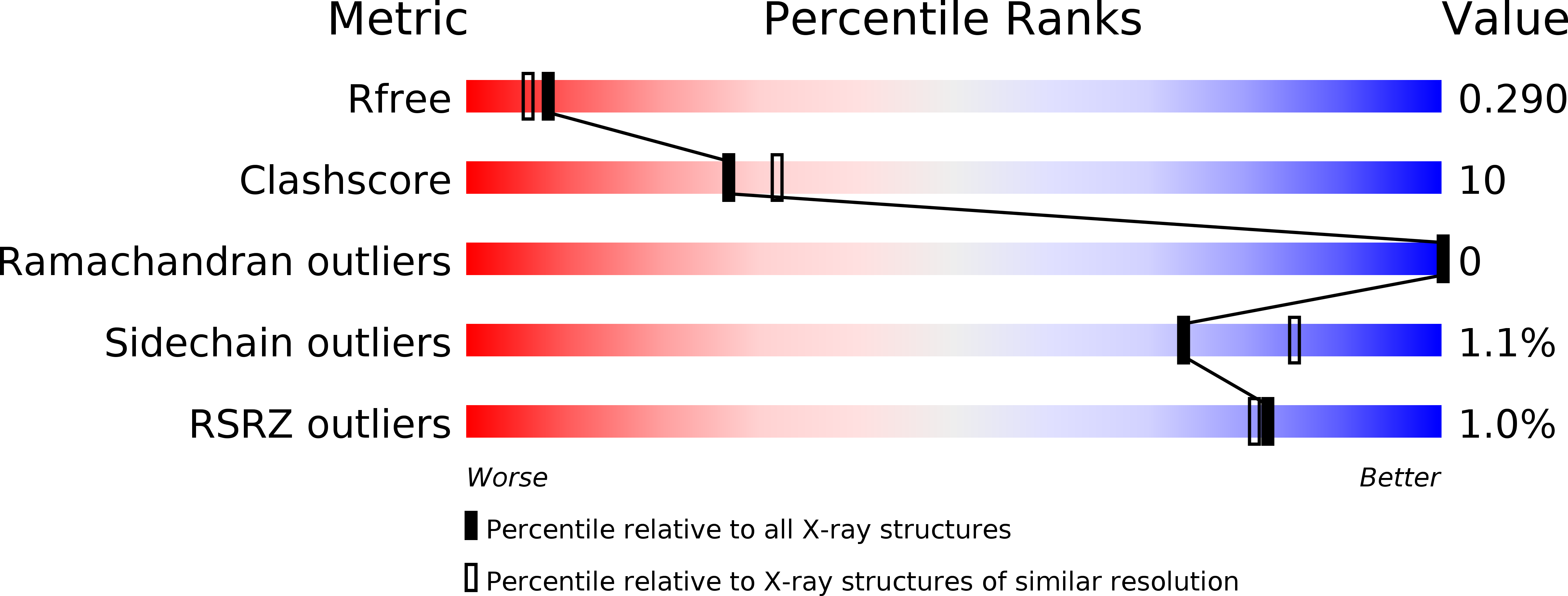
Deposition Date
2008-11-12
Release Date
2008-12-30
Last Version Date
2023-11-01
Entry Detail
PDB ID:
3F8C
Keywords:
Title:
Crystal structure of multidrug binding transcriptional regulator LmrR complexed with Hoechst 33342
Biological Source:
Source Organism:
Lactococcus lactis subsp. cremoris (Taxon ID: 416870)
Host Organism:
Method Details:
Experimental Method:
Resolution:
2.20 Å
R-Value Free:
0.25
R-Value Work:
0.20
R-Value Observed:
0.21
Space Group:
P 43 21 2


